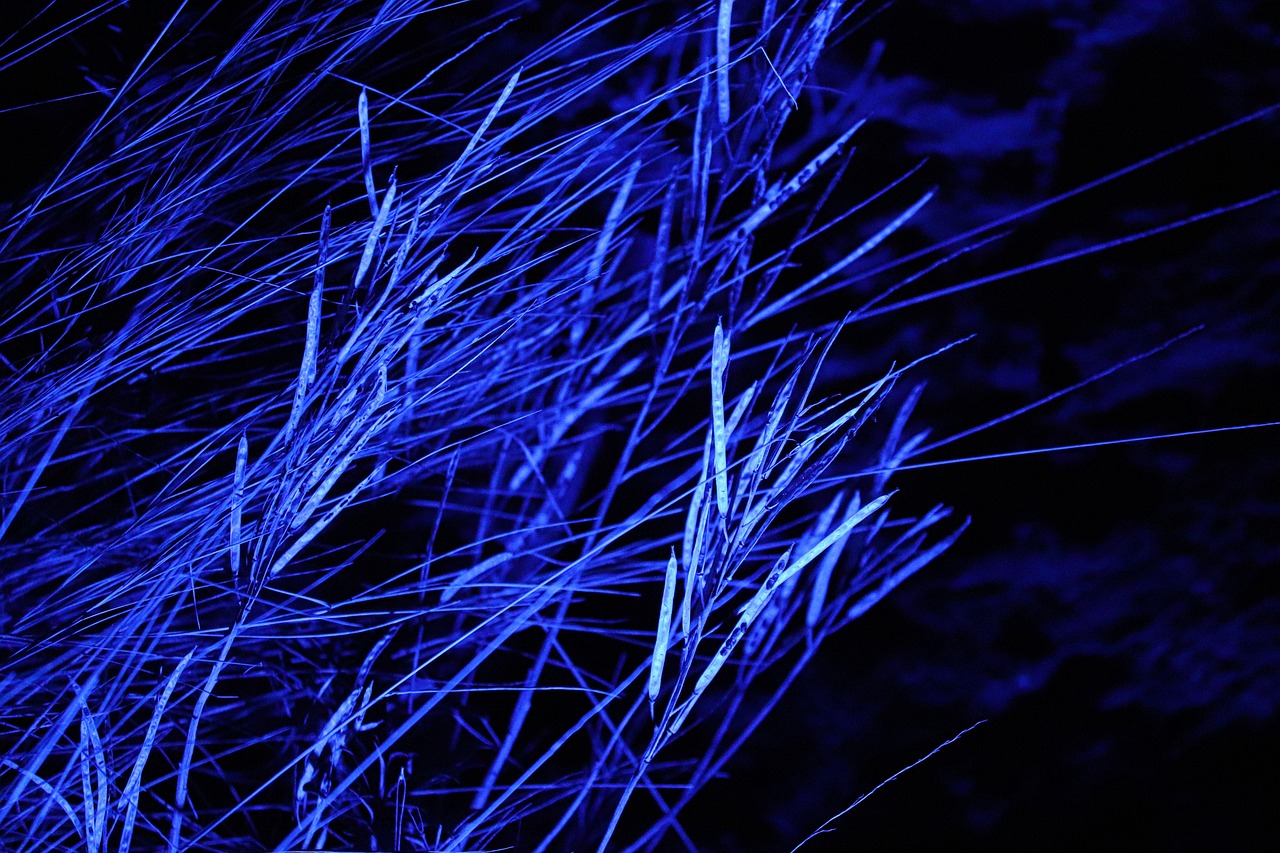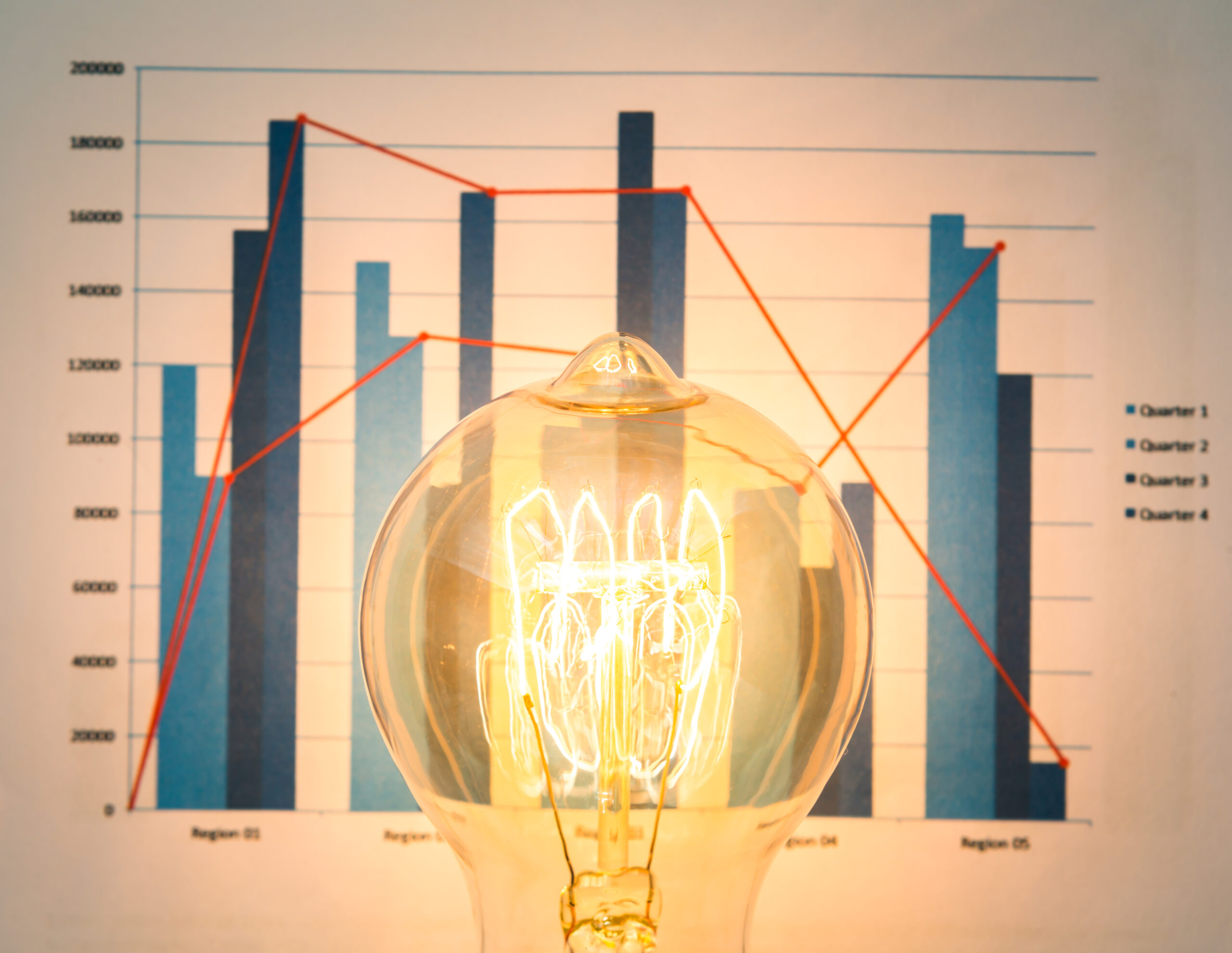
LED – UVGI new frontiers in sanitation
A prototype of the vaccine will be validated by the end of the year, WHO reports, meanwhile more than 55.1 million cases of Covid worldwide since the pandemic began, according to data released by Johns Hopkins University.
In Italy, too, contagions unfortunately continue to rise: the latest balance sheet, for Monday 16 November, is 27,354 positive and 504 deaths compared to 152,663 swabs.
The International Ultraviolet Association (IUVA), on the basis of current disinfection data and empirical evidence, believes that UV disinfection technologies can play a significant role in an approach to multiple barrier to reduce transmission of the virus causing COVID-19, SARS-CoV-2.
Please note that UV is a well-known disinfectant for air, water and surfaces which, if applied correctly, could help to mitigate the risk of acquiring an infection in contact with the COVID-19 virus.
"UV disinfection" and "UV" as a practice in the scientific, medical and technical literature in particular refer to UVC light energy (light 200-280nm)
in the germicidal range which is not the same as UVA and UVB commonly used in tanning beds or exposed to sunlight.
UVC rays with a wavelength of 254 nm are called UV Germicidal Irradiation (UVGI) and is recognized
lethality towards bacteria as they physically target the DNA of microorganisms by inhibiting their reproductive capacity permanently.
Exposure time and intensity are the main factors that contribute to the achievement of a satisfactory Kill Rate-> KILL RATE = TIME x INTENSITY
Can UVC help prevent transmission of COVID-19 by reducing contamination? "Based on existing evidence, it seems so" reports the IUVA, which is why: "UVC light has been largely
used for more than 40 years to disinfect drinking water, wastewater, air, pharmaceuticals and surfaces against a whole range of human pathogens (Fluence UV Dose Required review IUVA)".
All bacteria and viruses tested to date (many hundreds over the years, including other coronaviruses) respond to this type of disinfection".
A recent article in the daily newspaper El Mundo in which the use of the following is reported in some hospital facilities of UVGI (Ultraviolet germicidal irradiation) light, as a method of sterilisation and sanitisation of rooms and surfaces of rooms of patients affected by Covid-19.
The Clinica Universidad de Navarra in Spain, for example, has equipped itself with a pioneer machine based on UV lamps to sanitise hospital rooms in just 5 minutes.
Could UVGI technology open the door to new applications in this area?
We might think so and hope that it will happen in the safest possible way.
Categories
Tech
Publication date
26 October 2020
Reading time
2 minutes







